Have you ever dreamed of starting over somewhere peaceful or move to Denmark, where quality of life actually matters, and social systems truly work? Maybe you’re feeling stuck in your current routine, endless work hours, poor infrastructure, limited healthcare access, and rising stress levels. If that sounds familiar, you’re not alone.
Thousands of people are asking themselves every day:
📌 Read More
- “How do I move to Denmark?”
- “What’s the cost of living in Denmark?”
- “Are there jobs in Denmark for foreigners?”
- “How happy are people living in Denmark?”
The answers may surprise you and inspire you to act fast.
Denmark, ranked as the second happiest country in the world, is more than just a picturesque Scandinavian destination. It’s a society that prioritizes well-being, fairness, and a healthy balance between work and life. In this in-depth guide, we’ll walk you through how to move to Denmark, what makes the country so special, and why now is the time to get started.
Real-Life Story: From Overwhelmed to Overjoyed
Let’s begin with Amaka’s story, a 29-year-old systems analyst from Lagos.
For years, she worked 10-hour days, battled traffic that stole her evenings, and worried about rising healthcare costs. A random YouTube video one day mentioned that Denmark had one of the best work-life balances in the world.
Curious, she searched: “How to immigrate to Denmark” and found resources about moving to Denmark requirements, affordable education, healthcare access, and the Denmark visa process. Fast-forward 12 months, and Amaka now lives in Aarhus, Denmark working remotely, biking to cafes, and enjoying a life that once felt impossible.
Amaka’s story isn’t unique. People from across Africa, Asia, North America, and other parts of Europe are now making Denmark their new home.
So let’s get into it step by step.
📰 Similar Posts
Step 1: Understand the Move to Denmark Requirements
Before anything else, you need to understand how to immigrate to Denmark and what’s required. Visa Types You Can Apply For:
- Work Visa (Pay Limit Scheme / Positive List) – For in-demand professions.
- Study Visa – For full-time university or vocational training.
- Family Reunification Visa
- Startup Visa – For entrepreneurs planning to launch businesses in Denmark.
Key Documents:
- Valid passport
- Proof of employment or admission
- Bank statements to show financial stability
- Clean criminal record
- Health insurance (before registration)
- Accommodation details
Once approved, you’ll receive a residence permit, after which you must register for a CPR number, a NemKonto (your public-linked bank account), and MitID, the national digital ID system.
Act fast: Processing times can be several weeks to months. You don’t want delays just because you missed one document!
Step 2: Understand the Cost of Living in Denmark
We get it — “Is Denmark expensive?” is a top concern.
Yes, cost of living in Denmark is higher than in many countries. But remember healthcare, education, and public services are subsidized or free, and your quality of life improves drastically.
| Expense Type | Monthly Average (in DKK) |
| Rent (1-bed outside city) | 5,000 – 6,500 |
| Rent (1-bed city center) | 7,000 – 9,500 |
| Utilities & Internet | 1,200 |
| Monthly public transport | 378 |
| Groceries (for 1 person) | 2,000 – 3,000 |
So while you’ll pay more for rent or food than in some countries, you’re not paying school fees, insurance premiums, or hospital bills out-of-pocket like elsewhere.
Step 3: Jobs in Denmark for Foreigners
Wondering if you can actually find jobs in Denmark as a foreigner?
You’re in luck, Denmark has a growing demand for skilled professionals in areas like:
- IT & Software Development
- Engineering
- Healthcare & Nursing
- Green Energy & Sustainability
- Finance & Accounting
- Education & Childcare
Check out Denmark’s Positive List for Skilled Workers, which updates regularly with high-demand professions.
Many jobs require English only especially in multinational companies but learning Danish gives you a serious edge.
Step 4: Where to Live — Best Cities in Denmark for Expats
You don’t have to settle in Copenhagen (though it’s amazing!). These cities are worth exploring:
- Copenhagen: Capital city, buzzing tech scene, loads of expats, world-class design and culture.
- Aarhus: Denmark’s second city. Student-friendly, affordable housing, laid-back vibe.
- Odense: Historic charm, great for families, centrally located.
- Aalborg: Small but growing, especially in IT and engineering sectors.
Whether you prefer fast-paced city life or a slower, more peaceful environment, there’s a perfect fit for you.
What Makes Denmark So Happy?
Let’s talk about the famous Denmark happiness ranking.
Denmark constantly ranks in the top 3 happiest countries in the world due to:
- A strong welfare state
- Excellent public education and healthcare
- Low corruption and high trust in government
- Incredible work-life balance
- Access to green spaces and nature
- A deeply ingrained culture of “hygge” — cozy, relaxed living
Many foreigners report feeling safer, calmer, and more cared for even after just a few months.
Step 5: Healthcare & Education — What You Gain
Denmark Education and Schools
If you’re moving with kids, here’s great news:
- Public schools are free and excellent
- International schools available in major cities
- University education is free or low-cost for EU/EEA and highly subsidized for others
Denmark Healthcare System
Once registered, healthcare is free at the point of use including doctor visits, maternity care, hospital treatments, and some dental care for children. It’s a massive relief compared to out-of-pocket expenses in many countries.
Every country has its challenges, and living in Denmark as an expat is no different:
- High taxes (but they fund your healthcare, education, etc.)
- Cold winters and short daylight hours
- Language barrier (start learning Danish early)
- Housing competition in cities like Copenhagen — plan early!
Denmark Relocation Checklist
Here’s a step-by-step cheat sheet to help you get started today:
1. Research visa types and check eligibility
2. Start job applications or enroll in a study program
3. Gather documents & apply for the visa
4. Save enough for the initial 3–6 months
5. Begin learning Danish
6. Research housing and prepare to register for CPR, NemKonto
7. Connect with local expat communities online
8. Book your flight & take the leap!
Final Thoughts
Denmark isn’t just a better place to live, it’s a better way to live.
If you’re searching for how to move to Denmark, worried about the cost of living in Denmark, or wondering whether there are jobs in Denmark for foreigners, we hope this blog answered your most urgent questions.
But remember, this opportunity won’t wait forever. Visa policies evolve. Rent prices go up. Job roles fill quickly. This is your last chance to make the move before things change. Ready to move to Denmark?
Contact us for further enquiries, whether it’s help with your visa, job search, housing advice, or step-by-step planning.
Your future in the second happiest country on earth could begin today.

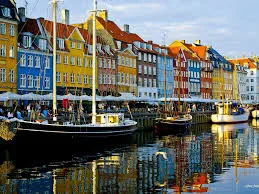


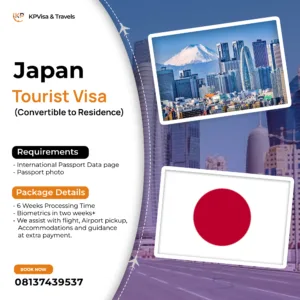



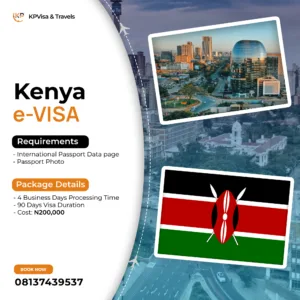


















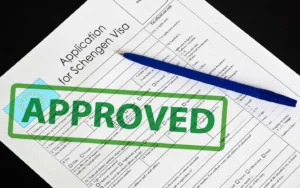



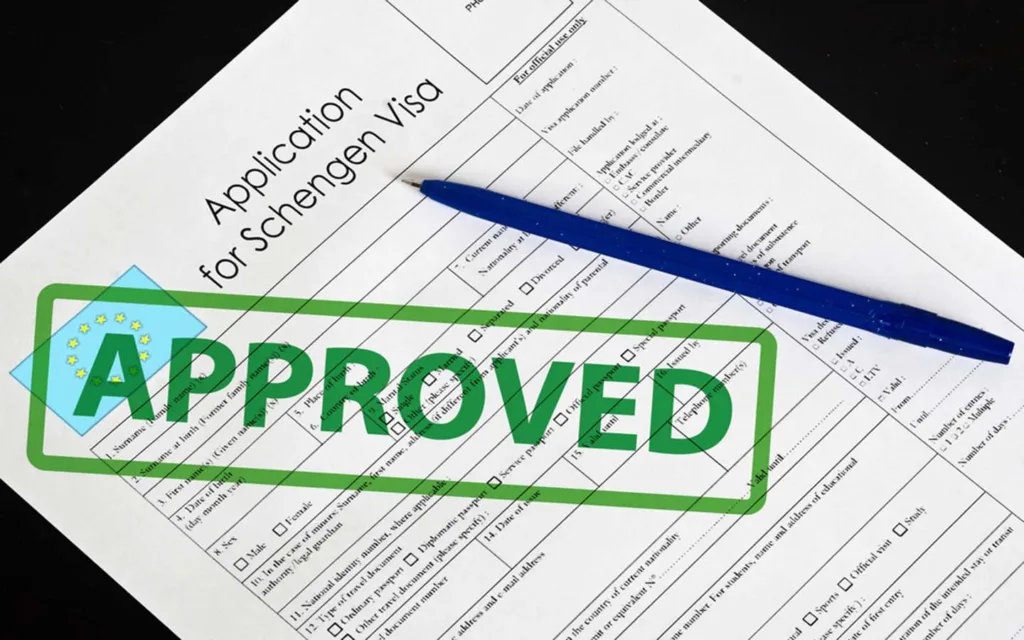





No responses yet